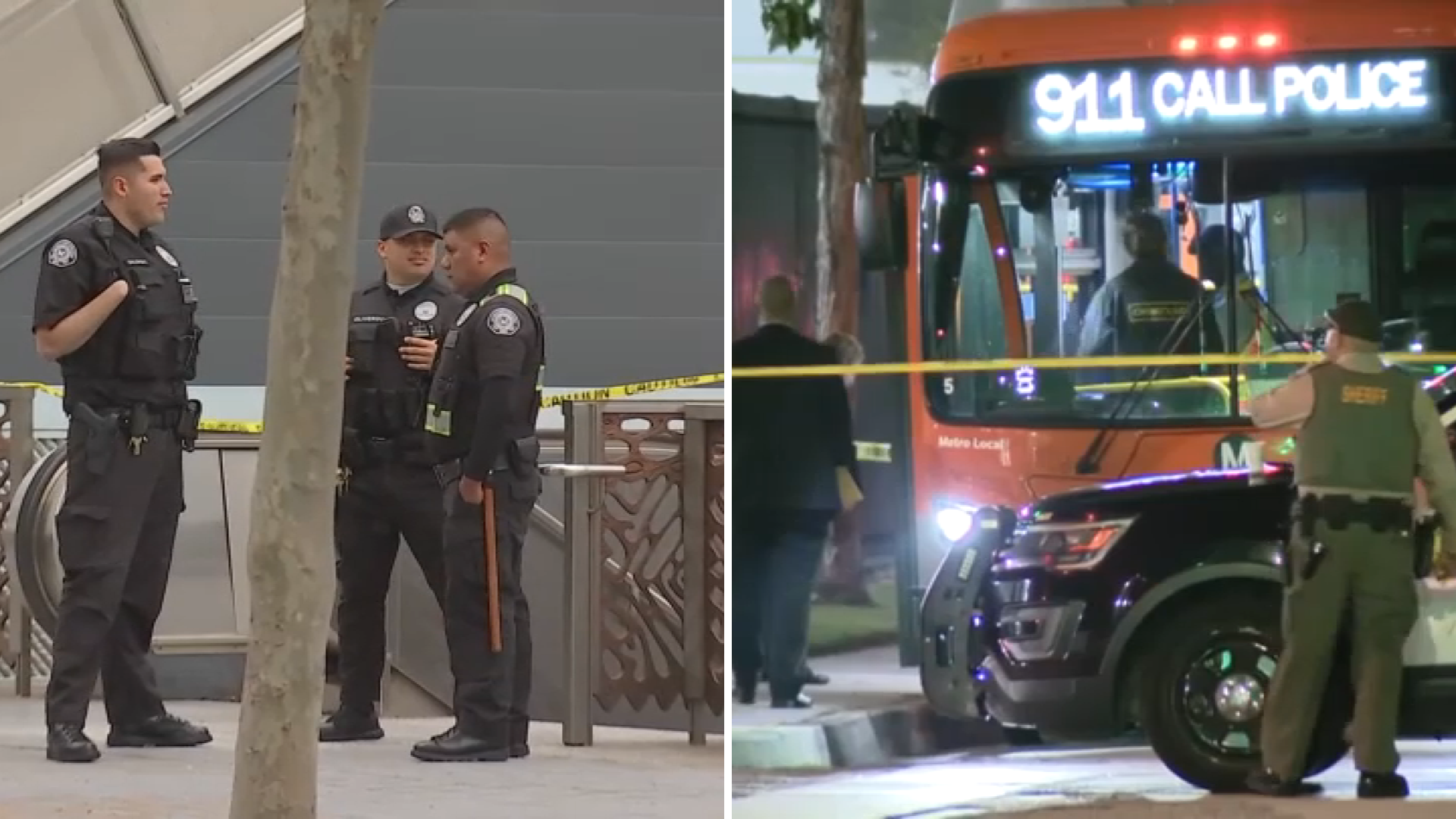Tucked deep within the labyrinth of gray mid-rise residential buildings in a college district in Seoul, a light illuminates an inconspicuous doorway of what appears to be just another apartment complex. However, on the second floor next to apartment 202 is Robin Egg Studio, a secret tattoo parlor. Here, tattoo artist Pitta inks customers with fantastical tigers crawling down upper arms from swirling clouds, dragons slithering around ankles, and lotuses blooming from elbows in a kaleidoscope of black, white, yellow, blue and red, traditional Korean colors.
Halfway across the world on a bustling street in Hollywood, the striking tattoo storefront of LoveLetters LA bears a distinctive script pattern painted by the famous street artists Big Sleep and Prime. Inside, James Kong adds shade and depth to shattered clocks, hollowed skulls, and hyper-realistic faces in the West Coast-popularized style of black and gray.
While Kong freely wields his electric needle like a paint brush in the LA-based tattoo parlor, Pitta sets up shop behind closed doors in Seoul.
In South Korea, a medical license is required to legally give someone a tattoo. "Tattooists in Korea are often punished or imprisoned for the violation of the medical law," said Jun Hyeok Chang, a tattoo artist who leads the Korean Tattoo Artist Association, an organization that works to legalize tattooing in Korea. For this reason, Pitta insisted his face and real name remain a secret.
In South Korea, only licensed doctors can legally work as tattoo artists. "Most lawmakers are highly conservative and have a negative view of tattooing … in the case of prospective organizations, they should maintain Article 4-1 of the Medical Law," Chang said. Although the law does not explicitly say that tattooing is illegal, it states that only doctors may render their medical services at hospitals or official medical institutions.
Tattoos in both Seoul and Los Angeles have historical and cultural associations to gangs, giving them an air of mischief, danger and rebellion.
News
Top news of the day
"In Los Angeles in particular, there were a lot of tattoos related to gangs and even still there are a lot of former gang members that want them removed," said Danielle Somner, a content developer for the Natural History Museum's 'Tattoo' Exhibit.
In Korea, both Kong and Pitta say the reason tattoos still get a bad reputation today is because of their association with the Yakuza and Korean gangs in general, a vestige from its colonization by Japan.
However, while this negative perception of tattoos persists in Korea, it has all but disappeared in Los Angeles with the likes of Kendall Jenner, Zoe Kravitz and Rihanna showing off their ink publicly.
The tattoo scene in LA has become famous for its innovation and artistry. In Seoul, however, tattooing remains underground.
South Korean tattoo artists compete for business behind fake walls, at the back of clubs and bars, inside seemingly abandoned buildings and more.
Despite the legal barriers, the tattoo world in Korea is growing. According to estimates from the Korean Tattoo Artist Association, there are as many as 300 studios and 500 artists setting up illegal shops in Seoul alone. "Within the past five years it’s become really huge," Pitta explained.
Still, Korean tattoo artist often have trouble attracting local clients. "There are so many tattoo artists, but not that many customers. So, a lot of tattoo artists don’t have that much work in Korea," Pitta said. He estimates that 90 percent of his customers are from foreign countries.
When Kong traveled to Korea in 2015 to work in a tattoo shop for four months, he could recall the vicious competition, including fellow tattoo artists reporting each other to authorities. "People are telling on each other out there. It stunts their growth," Kong said. "It’s all jealousy."
Much like in LA, celebrities and public figures are helping to normalize tattoos in Korea. K-Pop idol Jay Park, for example, displays his national pride with an arm-sleeve featuring the Korean flag. Hyorin, another K-Pop star, famously covers a scar from a stomach surgery with a cross on her abdomen.
Many tattoo artists, however, point to the 2002 FIFA World Cup as the true major turning point in attitudes toward tattoos. That year, with both Korea and Japan sharing tournament hosting duties, the South Korean national soccer team players became the pride of the country while displaying inked limbs as they beat traditional powerhouses like Portugal and Italy en route to the semifinals.
But despite the increasing acceptance of tattoos by younger generations, many Koreans still feel that it remains taboo and affects the livelihood of those who are visibly inked.
"After graduation, I realized that I needed to remove this tattoo before finding jobs. Conservative people have a negative view for the people who have tattoos," said Jiwon Park. Park, a recent graduate of Gachon University in Seoul, has a tattoo that reads "Keep Calm" in English.
Park has been going to a doctor since last October to have her tattoo removed but was told it would take over a year to complete the process. Despite multiple sessions with the doctor, the tattoo remains visible on the inside of her left wrist.
While Park spends hundreds to remove her ink in Seoul, back in Los Angeles, Albert Kim pays Kong’s average rate of $100 to $200 an hour for an intricate tattoo along his right calf.
Kim found Kong’s work on Instagram and immediately messaged the artist for a one-of-a-kind design in his signature black and gray style—an old-school pocket watch set at 9:13 to represent the day he started living clean after getting caught up with prescription medication. In LA, customers are willing to pay up to $1000 an hour for elite tattoo artists.
"Tattoos have almost become like accessories," Kong said. "You can find these ballers sitting at the table with their Rolex watch with a nice tattoo sleeve."
With star-studded client lists, some LA-based tattoo artists like Dr. Woo and Scott Campbell have become celebrities and tastemakers in their own right. Campbell helped design a Louis Vuitton line while Woo launched an exclusive collection for Converse.
In spite of the now very different attitudes toward tattoos in Korea and Los Angeles, tattooing is increasingly being viewed as a serious craft that takes time and dedication to hone. While Kong took an apprenticeship when he became serious about the craft, Pitta tattooed on a friend four times a week for a month. No matter where they’re from, tattoo artists take pride in their work and its global reach.
"It's like living artwork— when my customer goes somewhere on the other side of the earth some people can recognize my art and tell each other about the tattoos," Pitta said. "I think everyone in Korea knows that tattooing is not a bad thing. But I’m proud of my tattooing and my occupation."



